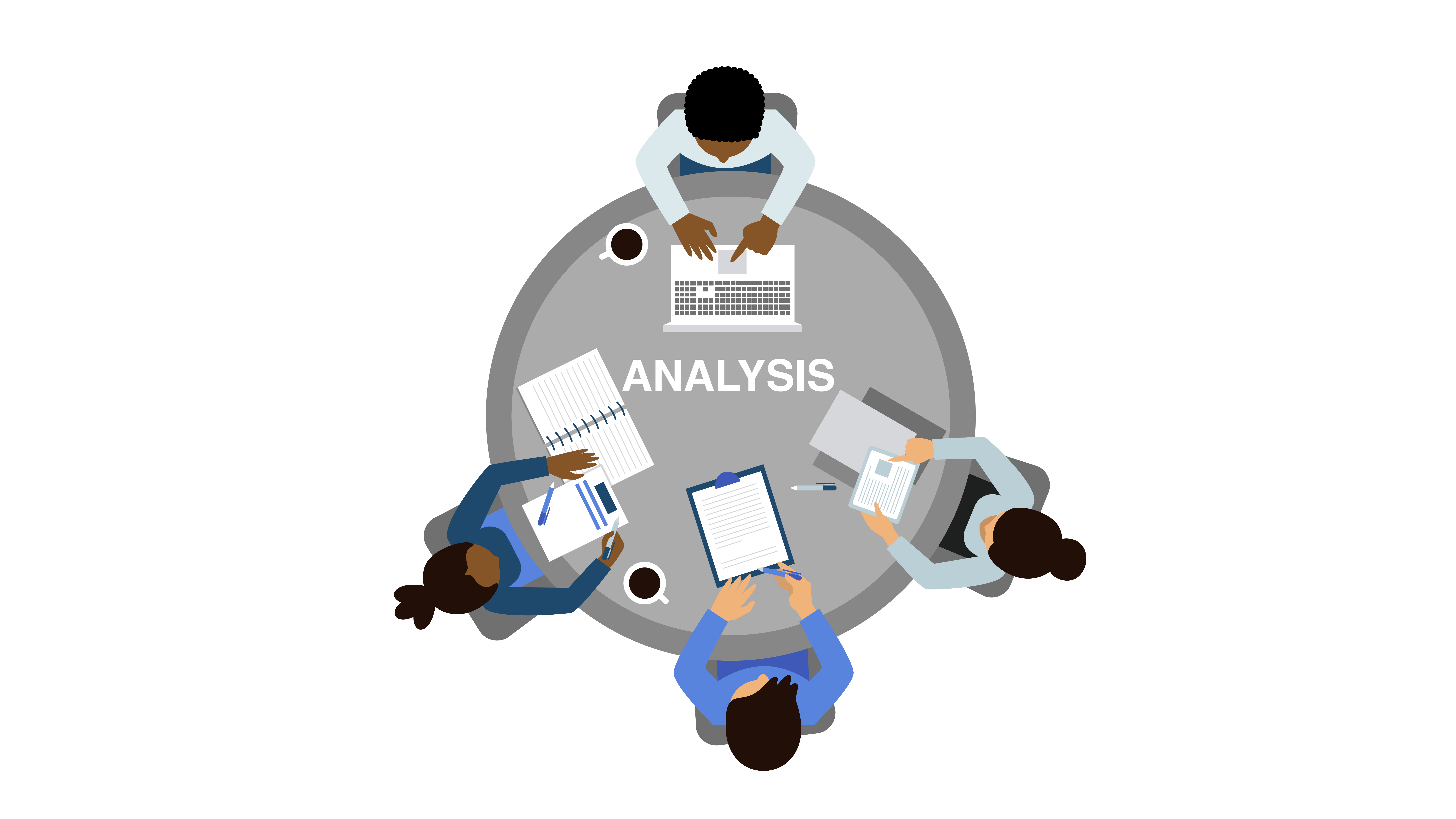All Categories
Featured
Customer data platforms (CDPs) are a vital tool for companies that wish to collect, store, and manage customer information in one central location. They provide an accurate and comprehensive overview of the customer which can be used to provide targeted marketing and personalized customer experience. CDPs provide a variety of functions, including data governance, data quality and formatting, data segmentation, and compliance, to ensure that the customer's data is recorded, stored, and utilized in a secure and organized manner. With the ability to pull data from different APIs such as a CDP also allows organizations to place the customer at the heart of their marketing initiatives and improve their operations and make their customers feel valued. This article will look at the various aspects of CDPs, and how they assist businesses.
customer data platform
Understanding CDPs: A client data platform (CDP) is a program that allows businesses to collect data, store and manage customer data in a single place. This gives an accurate and complete view of the customer. This can be utilized for targeted marketing and more personalized experiences for customers.
-
Data Governance Data Governance: One of the primary characteristics of the CDP is its ability to categorize, protect, and control information that is being added to. This includes division, profiling and cleansing of the data that is being incorporated. This helps ensure that the company stays in compliance with data regulations and regulations.
-
Quality of Data: It is important that CDPs ensure that the data collected is of high quality. This means that data must be entered correctly and conform to the required quality standards. This reduces the need to store, transform, and cleaning.
-
Data formatting The CDP can also ensure that data is entered in a specified format. This allows data types like dates to be linked across customer data and ensures consistent and logical data entry. customer data platfrom
-
Data Segmentation Data Segmentation CDP can also allow for the segmentation of customer information so that you can better understand various groups of customers. This allows you to examine different groups against each other and obtain the correct sample distribution.
-
Compliance: A CDP lets organizations handle the information of customers in a legal manner. It permits the definition of secure policies, the classification of data based on those policies, and even the detection of policy infractions while making marketing decisions.
-
Platform Selection: There are many types of CDPs and it is crucial to be aware of your specific needs in order to choose the most appropriate platform. Take into consideration features like data privacy , as well as the possibility to extract data from other APIs. what is cdp in marketing
-
Put the customer at the Center The Customer at the Center CDP allows the integration of real-time and raw customer data, offering immediate access, accuracy and consistency that every marketing department needs to streamline their operations and get their customers involved.
-
Chat, Billing, and More: With CDP, you can get the information you need for billing, chats, and more. CDP it's simple to gain the background you require to have a productive discussion, whether it's previous chats and billing or other.
-
CMOs and big Data: 61% of CMOs say they're not making use of enough big data according to the CMO Council. The 360-degree view of customers provided by CDP CDP is a great approach to address this issue and help improve customer service and marketing.
With numerous different kinds of marketing technology out there each one generally with its own three-letter acronym you might question where CDPs come from. Even though CDPs are amongst today's most popular marketing tools, they're not a totally brand-new idea. Rather, they're the latest step in the evolution of how online marketers handle client data and consumer relationships (Cdp Analytics).

For most online marketers, the single greatest value of a CDP is its capability to sector audiences. With the capabilities of a CDP, marketers can see how a single customer interacts with their company's different brand names, and determine chances for increased customization and cross-selling. Of course, there's a lot more to a CDP than segmentation.
Beyond audience division, there are 3 big reasons why your business may want a CDP: suppression, personalization, and insights. Among the most intriguing things marketers can do with information is identify clients to not target. This is called suppression, and it belongs to providing really customized client journeys (Customer Data Platform Definition). When a client's combined profile in your CDP includes their marketing and purchase data, you can reduce ads to clients who've currently purchased.

With a view of every customer's marketing interactions connected to ecommerce information, website gos to, and more, everyone across marketing, sales, service, and all your other groups has the opportunity to understand more about each client and deliver more tailored, appropriate engagement. CDPs can help marketers deal with the root triggers of many of their biggest everyday marketing issues (Cdp Product).
When your data is detached, it's harder to comprehend your consumers and produce meaningful connections with them. As the variety of data sources used by marketers continues to increase, it's more crucial than ever to have a CDP as a single source of reality to bring all of it together.
An engagement CDP utilizes consumer information to power real-time personalization and engagement for customers on digital platforms, such as sites and mobile apps. Insights CDPs and engagement CDPs comprise most of the CDP market today. Very couple of CDPs consist of both of these functions similarly. To select a CDP, your company's stakeholders should consider whether an insights CDP or an engagement CDP would be best for your needs, and research study the few CDP alternatives that consist of both. Marketing Cdp.
Redpoint GlobalLatest Posts
How CDPs Can Help Organizations Engage their Customers
CDPs and the Role of Data Formatting
The Importance of Data Governance in a CDP